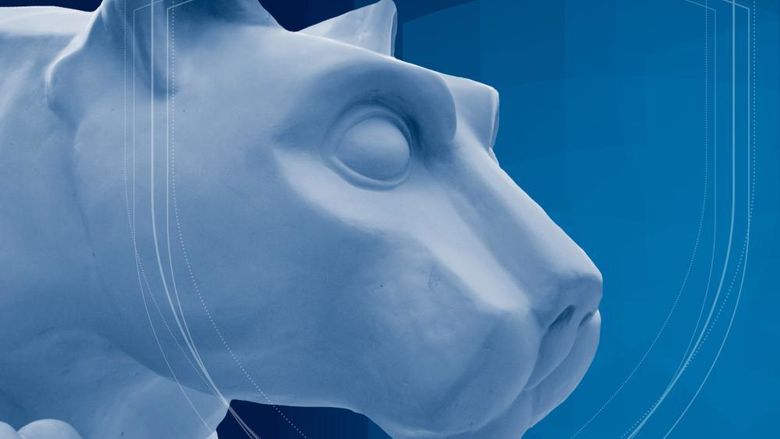Students in Penn State Greater Allegheny's Introduction to Engineering Design (EDSGN100) class designed and made 3D printed prosthetic hands.
MCKEESPORT, Pa. — Students in Instructor in Engineering Alandra Kahl’s Introduction to Engineering Design (EDSGN100) class designed and made 3D printed prosthetic hands as part of the E-Nable foundation project (enablingthefuture.org) and the Prosthetic Kids Hand Challenge (handchallenge.com) in Fall 2016.
Students worked in groups throughout the course of the semester, and each group presented their final project in December. Student groups estimated that they spent more than 100 hours working on their prosthetics, both inside and outside the classroom. They studied the benefits and challenges of different types of hand designs offered on the e-Nable and Hand Challenge websites.
According to its website,”e-Nable is an amazing group of individuals from all over the world who are using their 3D printers to create free 3D printed hands and arms for those in need of an upper limb assistive device.” The online community has developed a collection of different 3D-printable assistive device designs that are free for download and fabrication by anybody who would like make a device for somebody in need.
Chris Craft is the founder of the Prosthetic Kids Hand Challenge. “I've heard from lots of educators, makerspaces, and libraries that want to get involved in printing prosthetics for children but do not know where to begin. The Hand Challenge was born of a desire to help anyone with access to a 3D Printer be able to be a part of work that can change the life of a child,” he said, according to the website.
The student groups looked at features such as durability, weight, functionality, flexibility and grip to determine which hand design was best for their needs. Some groups chose their design for its flexibility, while others wanted more durability. Some hands were made of acrylic or PLA, a thermoplastic material, while others were reinforced with carbon fiber for strength. Some added different features or chose colors they thought would be necessary or attractive to children The designs of the class are an entry-level hand for the wearer, who may eventually wear a medical grade prosthetic. “We want to get children comfortable with wearing a prosthetic hand,” said Joe, one of the class members.
At a cost of around $50 to make, 3D hands are much more cost effective than medical grade prosthetics, which can run upwards of $15,000. The hands are also relatively quick to make. Once the research is done, it takes approximately six to eight hours to print the hand parts on the 3D printer. Assembly takes a little more time.
“It’s always a plus when students can find a way to help others in the community while learning and expanding their knowledge base. This project helped students to learn and hone basic design skills, and will, hopefully, be able to make it easier for children to perform daily tasks,” said Kahl.
The completed hands are donated to the organizations, which in turn, find recipients who were born missing fingers or who have lost them due to war, disease, or natural disaster. The hands are free to children in need of them. The organizations will contact the students as their hands are matched to recipients, usually by geographic closeness and size. The student engineers hope to have the opportunity to meet and work with the hand recipients to tweak the hands for a more custom fit.
“I love that we get to produce something that will be used by someone who needs it!” said Cassidy, one of Kahl’s students in EDSGN100.




